Based on more than a decade of riding and professional research, these are the motorcycles we’d buy.
Types of Motorcycles
Look for safety tech (ABS, traction control) and a modest engine size. Between 300 and 400 cc is ideal. Most manufacturers sell an entry-level motorcycle that looks like a race bike, but it will only have a 400-cc single-cylinder engine. These are fast enough to handle highways, yet easier to maintain and less expensive than more complex setups. The major Japanese manufacturers (Honda, Kawasaki, Yamaha) do this type of motorcycle especially well.
This is a catch-all category for motorcycles that have a mostly upright riding position and minimal add-ons. Most don’t come with windshields or fairings, those aerodynamic pieces of plastic that cover the front portion. The engine is usually a two- or three-cylinder design, between 600 and 900 cc. These are excellent all-around bikes for beginner and intermediate riders who need a compact frame to navigate cities but also want comfort on highways. Non-retro Standard or “Naked” motorcycles usually have the performance of race-looking superbikes, but with a more comfortable seat position and less conspicuous appearance. Triumph’s Street Triple, Yamaha’s MT-09, and Ducati’s Monster are all excellent examples of do-anything motorcycles.
Tall, with big engines and fuel tanks, these are built for long, far rides, mostly on-road—and across gravel, mud, and sand, so long as they have the right tires. Most have engines around 700 cc, though others go up to 1,200 cc. Done right, these are the bikes that should make you want to quit your job and ride around the world. (For asphalt-only riding, Sport Touring motorcycles are closer to the ground, more aerodynamic, and lighter than a typical ADV).
You’ll remember seeing these: High handlebars, loud exhaust, slouched riding position, and big engines. The cruiser (or “bagger,” for the saddlebag storage available on most models) is specific to the U.S.’s abundance of long, straight, flat roads. Harley-Davidson is to cruisers what Heinz is to ketchup. But competition from Indian and Japanese manufacturers like Honda, Kawasaki, and Yamaha are legitimate alternatives.
If you’ve been passed by an idiot going 150 mph on a whining motorcycle, he was probably on a superbike. These have race bike aerodynamics and big engines but also safety tech that can save you from unintentional wheelies and burnouts. If you can live with not having the most powerful, expensive model in a manufacturer’s lineup, mid-tier super bikes (around or less than 1,000 cc) are both thrilling and daily drivers.
We thank the few manufacturers that still produce this style of motorcycle. The design principle is simple: Fit a dirt bike with small, smooth road tires, and tweak the power slightly to make it work on roads instead of trails. The result is a tall, narrow, light motorcycle that’s the most fun way to navigate anywhere urban. The wind and vibrations at sustained highway speeds can be unpleasant, but tolerable and worth it so long as the majority of your riding happens at lower speeds and in a dense city or town.
Instant torque. No heat. No vibration or changing gears (assuming you consider those benefits). Maintenance requirements: Keep air in the tires, maybe check the brake fluid. Same as electric cars, they’ve been quietly increasing their range to roughly 100 to 120 miles, while hotels and parking structures have been adding fast-charging stations. However, same as cars, electric motorcycles are still more expensive than gasoline alternatives, and buying one requires you to be deliberate about how and where you ride. However, if you have a predictable commute, access to fast chargers, and at least $20,000 to spend, electric bikes make a ton of sense.
Back in 2013, Honda started selling a tiny 125-cc motorcycle called the Grom. It barely broke 60 mph and looked like a circus prop. It seemed tailored for places like Vietnam, where the infrastructure was friendly to small-displacement motorcycles, but in North America, land of huge Harleys, it looked like a tough sell. Nevertheless, the Grom was a hit, and it makes sense once you ride one. It, and competitors like the Kawasaki Z125 Pro, is more comfortable than it looks, even if you’re tall and long-legged—one of our test riders is 6-foot tall and had no issues for hours of riding. Their proportions mean you can easily cut through urban traffic much more easily than on bigger bikes, and that agility makes them feel much faster than the specs would have you think. So stay off highways, though—top speed for these bikes is still usually around 60 mph, and some states like California actually prohibit small-displacement motorcycles from using interstate roads. But if you don’t need that speed, a mini is an affordable, easy way to get around, and provides one of the best dollar-per-fun ratios we’ve seen in pretty much any consumer product.

How We Selected
Every motorcycle here has been evaluated by our test editors. Our selections were based on over 10 years of experience, researching the market, surveying professional and user reviews, interviewing industry experts, and riding (both to review for publication and for personal transportation). For each category, we’ve included the models that we would consider purchasing ourselves. In some cases, that means motorcycles that haven’t been updated for 2020 or 2021 and are still better options than completely new models. For every pick, we’ve also included alternatives that, for certain riders, can be the better fit and are worth test riding.

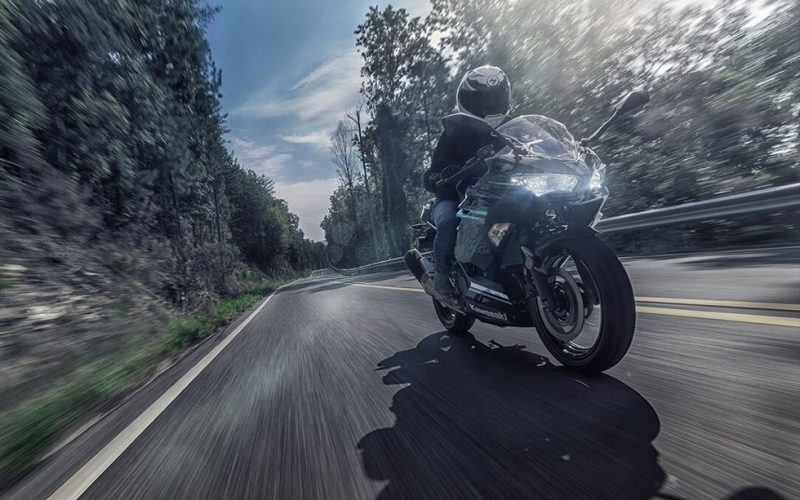
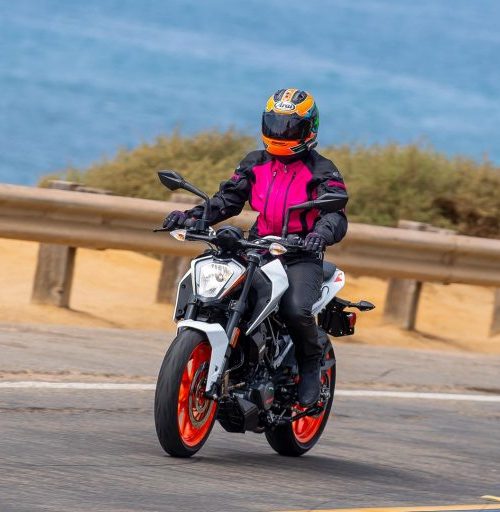
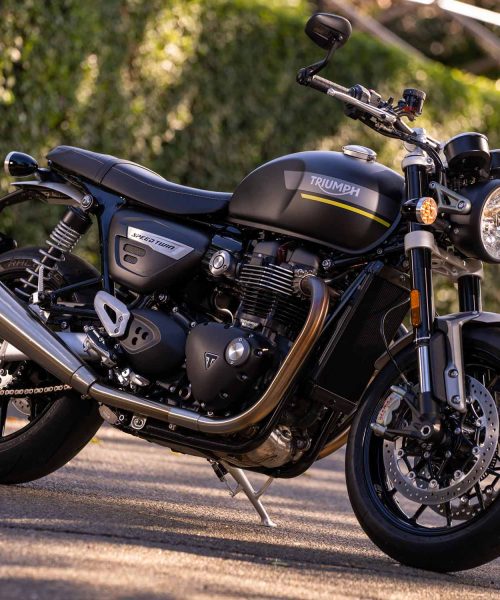
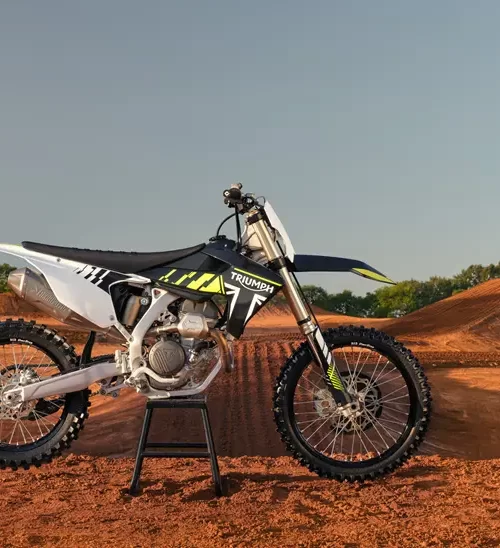
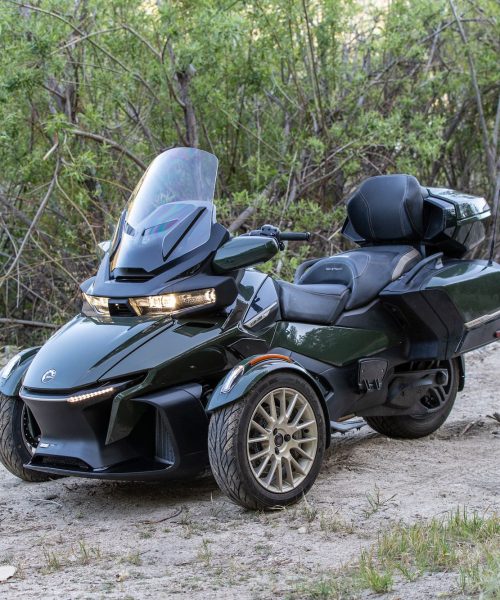
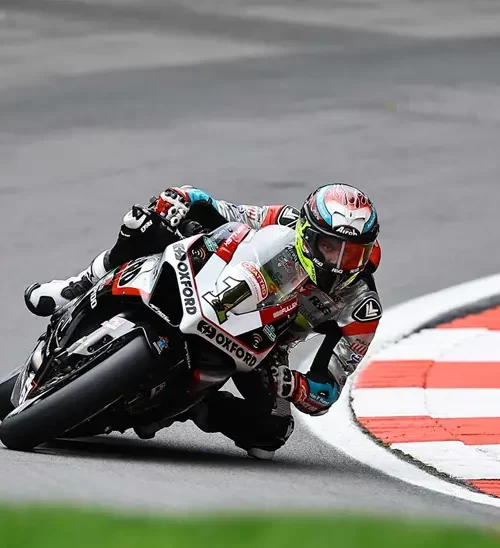
![2023 Honda CRF250R Review [Long Term MX Test]](https://motogeartalk.com/wp-content/uploads/2023/11/2023-honda-crf250r-review-motocross-tested-15-324x160-1.webp)